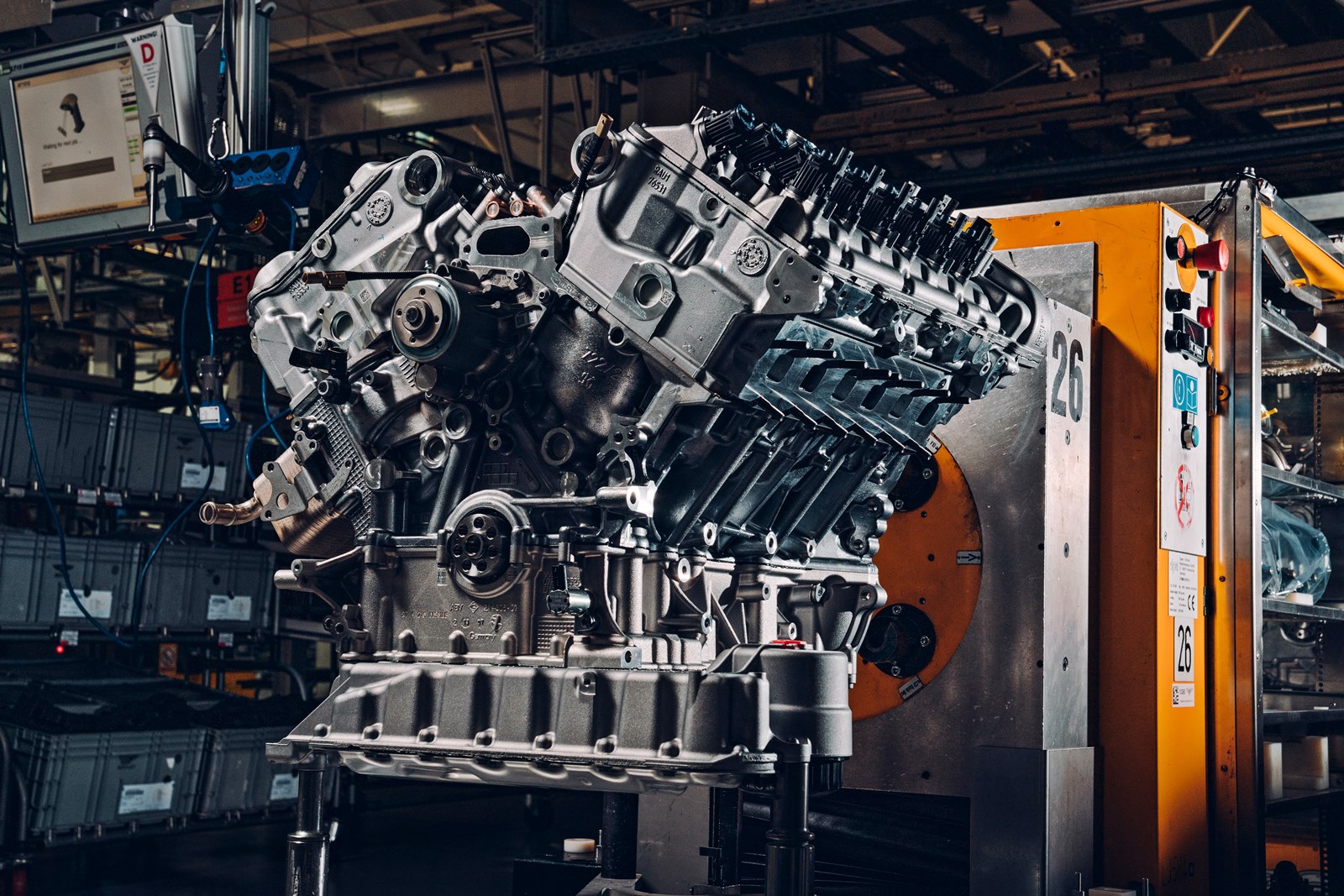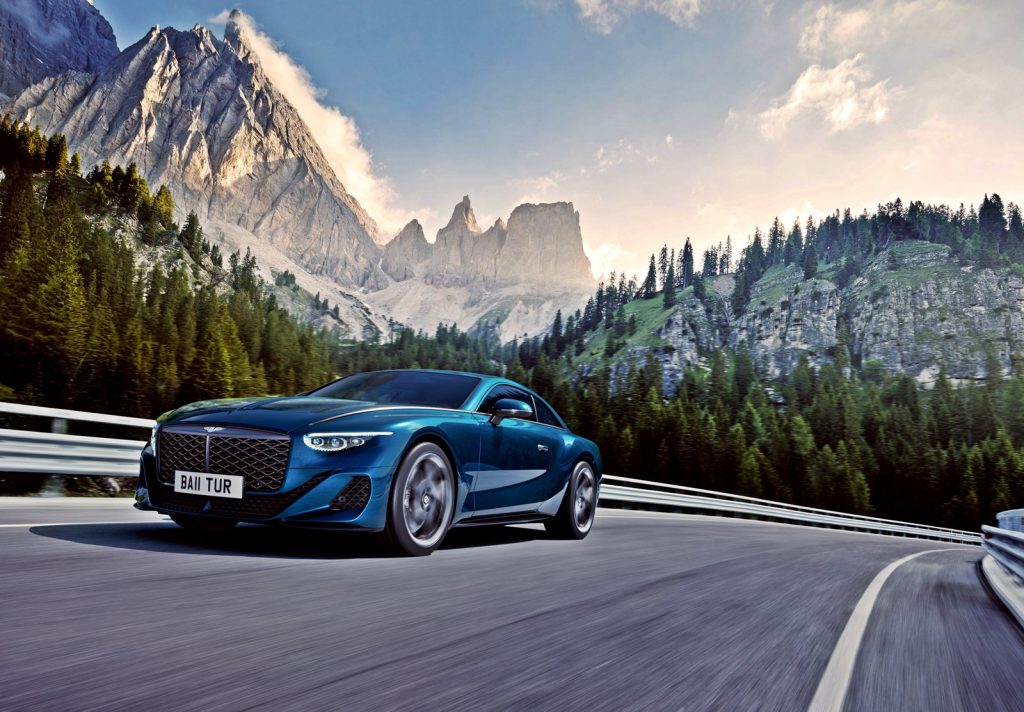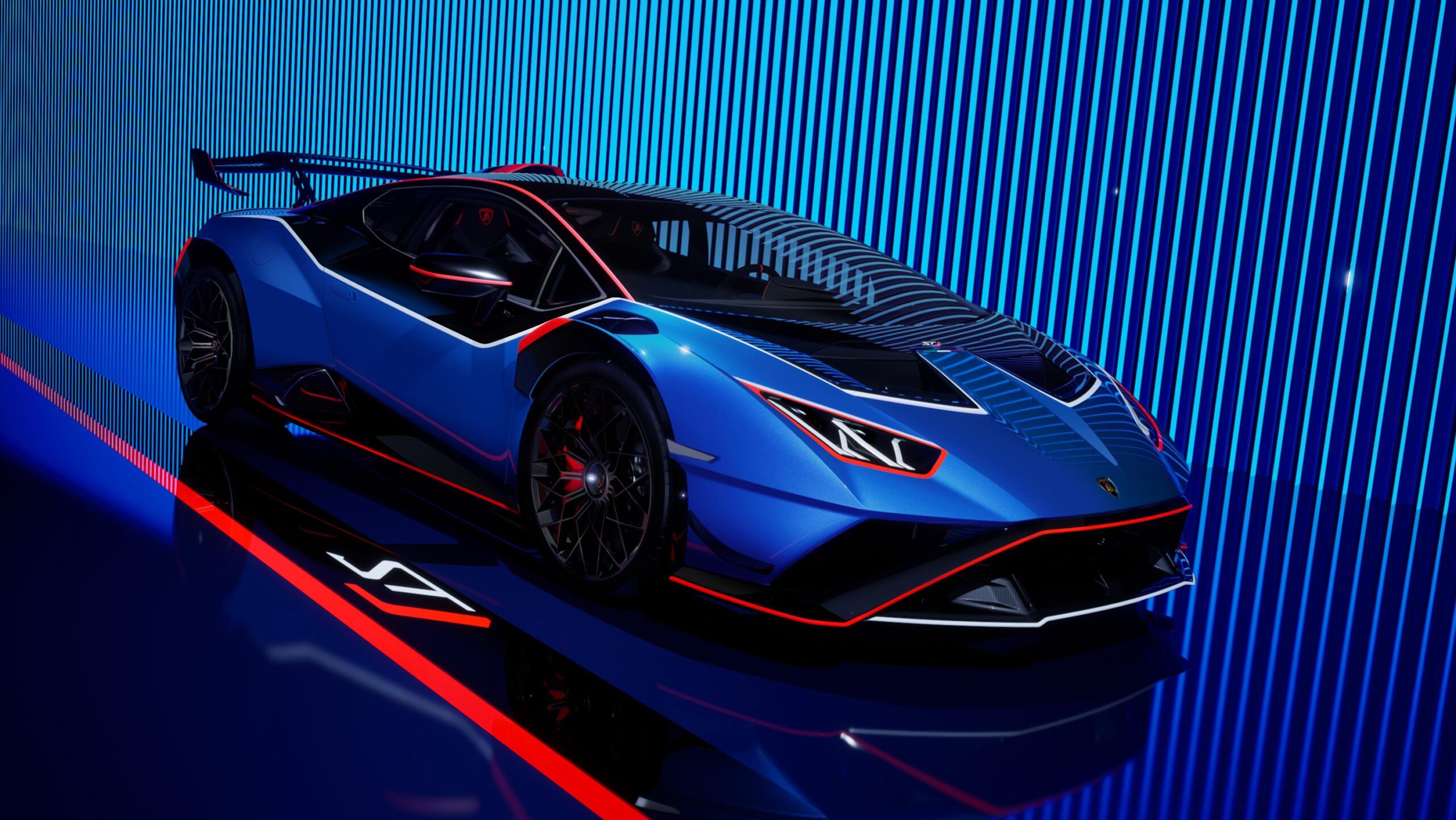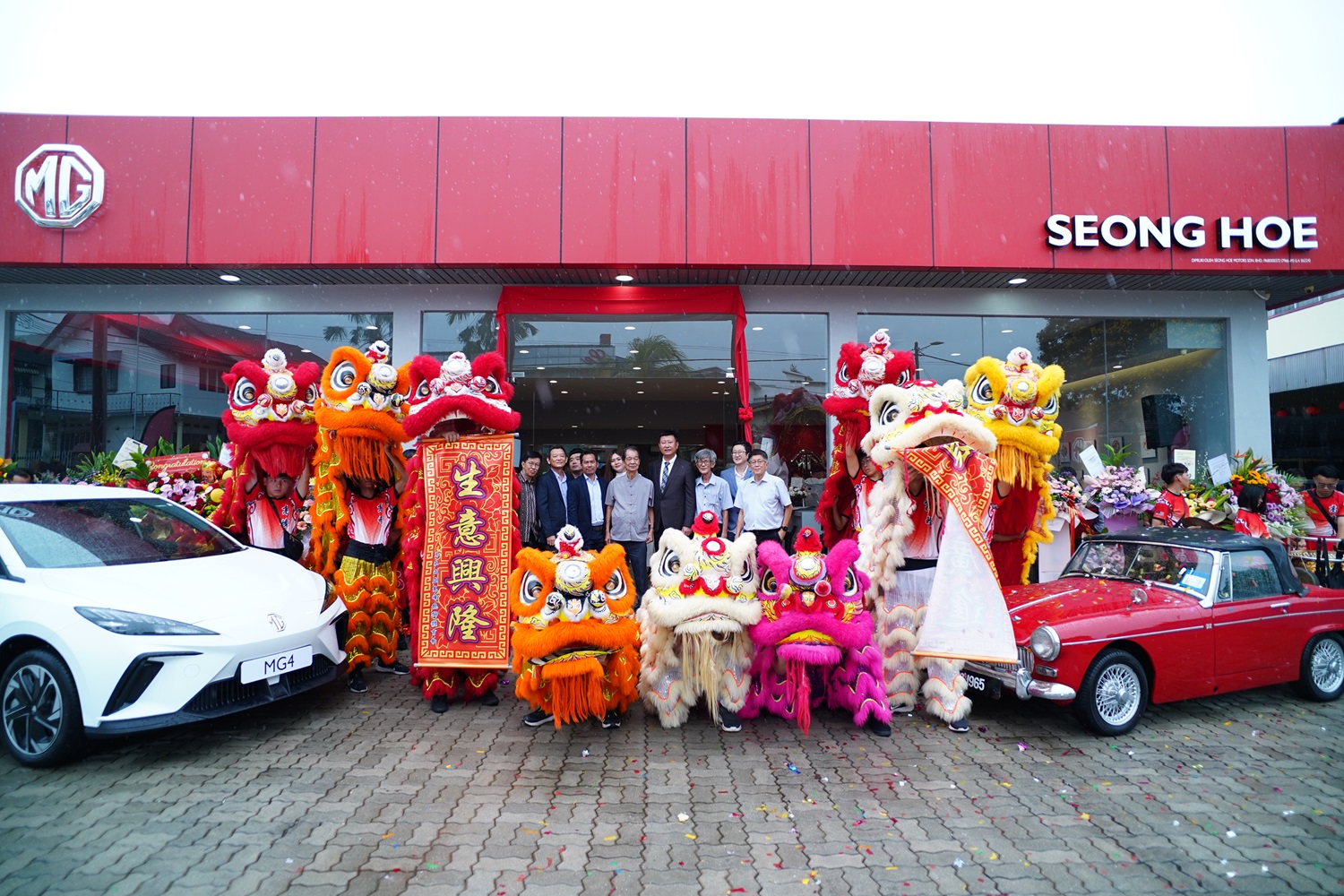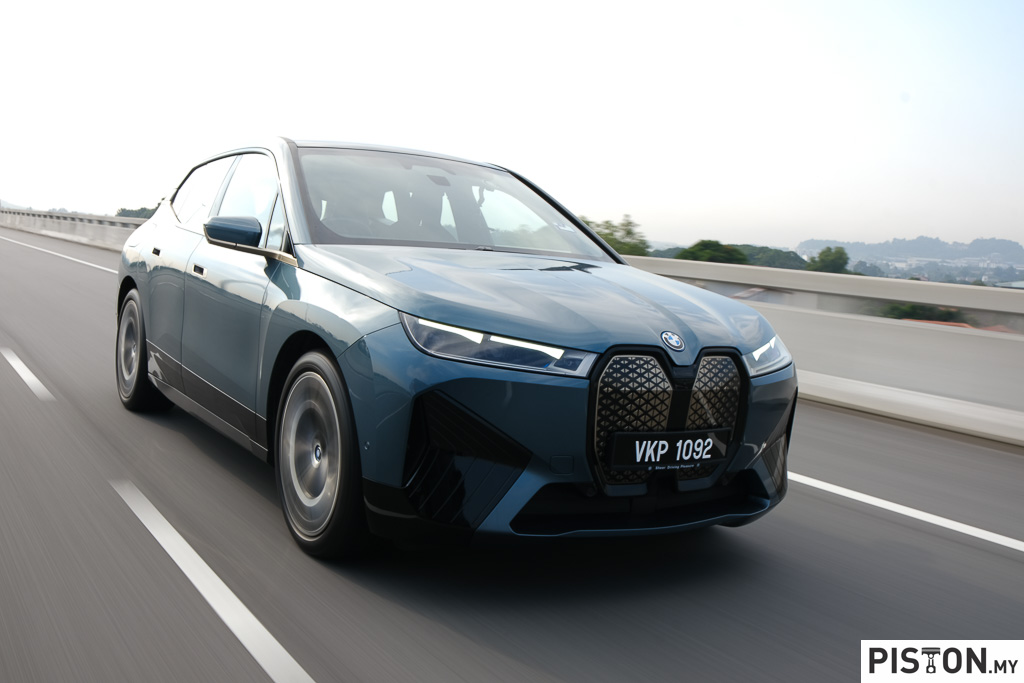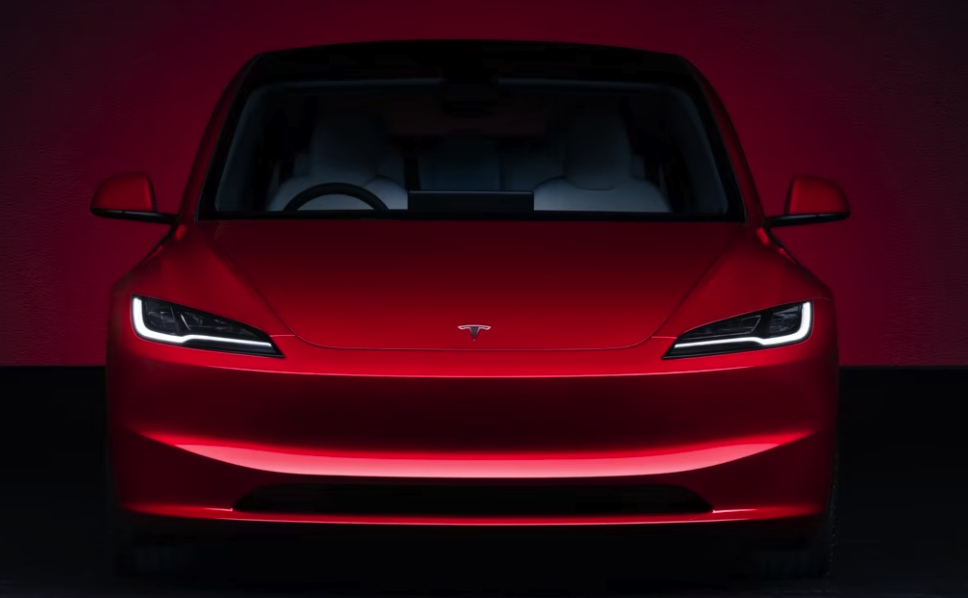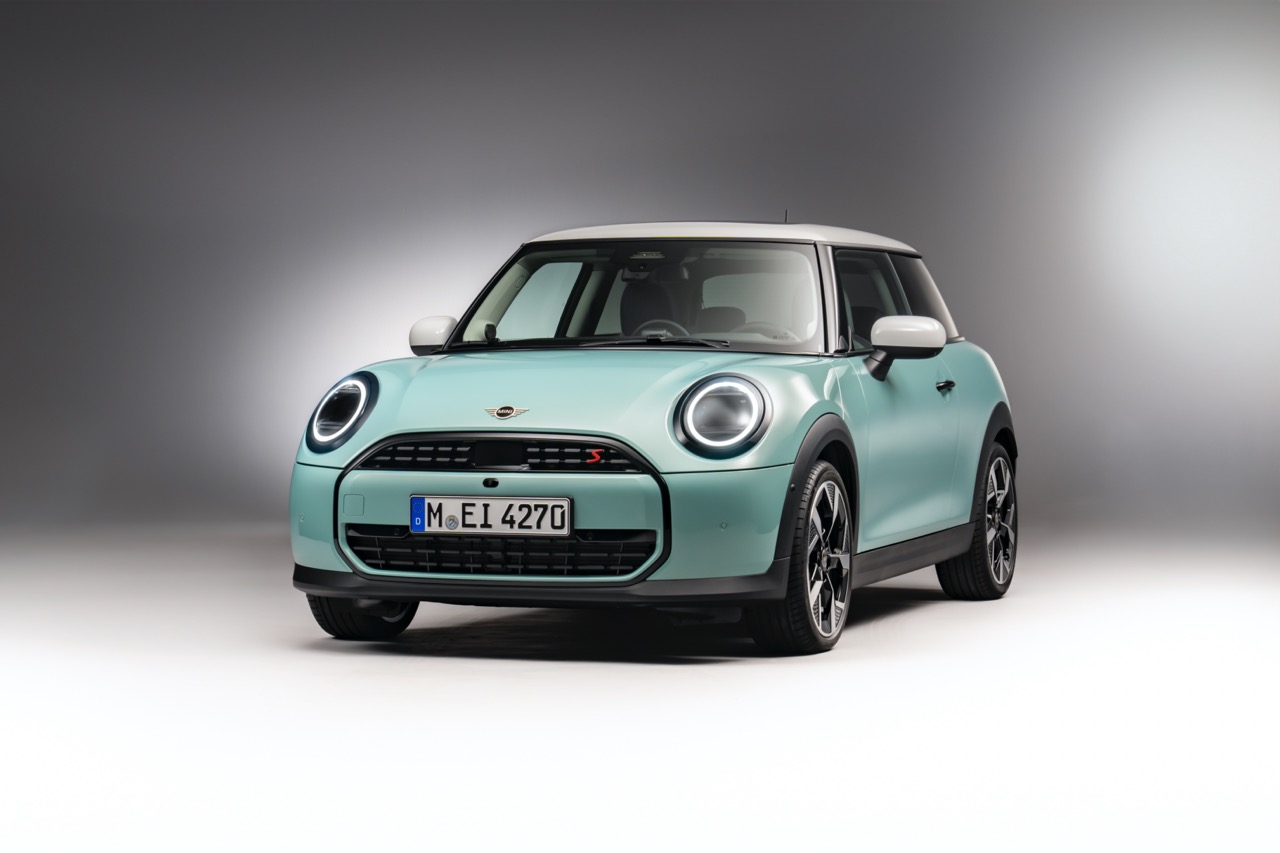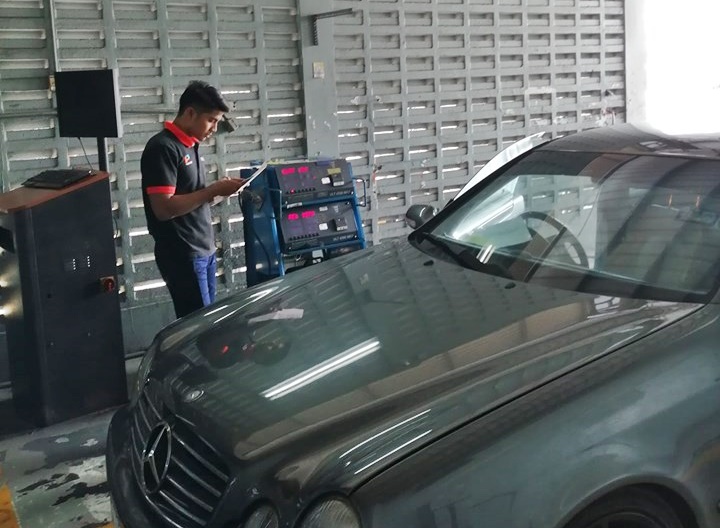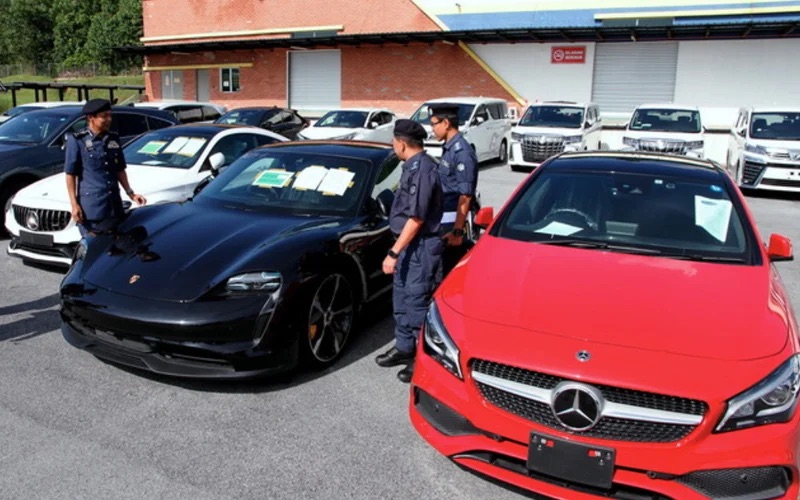When production of Bentley’s W12 engine ends in April 2024, over 105,000 units of the iconic 12-cylinder engines will have been made in a 21-year period. The decision to end production has been made as part of Bentley’s acceleration towards a sustainable future through its Beyond100 strategy. This will see the company’s entire model line fully electrified by the start of the next decade
Once production of the W12 ceases next year, Bentley’s entire model line will be available with the option of a hybrid powertrain. In fact, even now, the journey of electrification has already begun with the Bentayga Hybrid and Flying Spur Hybrid.
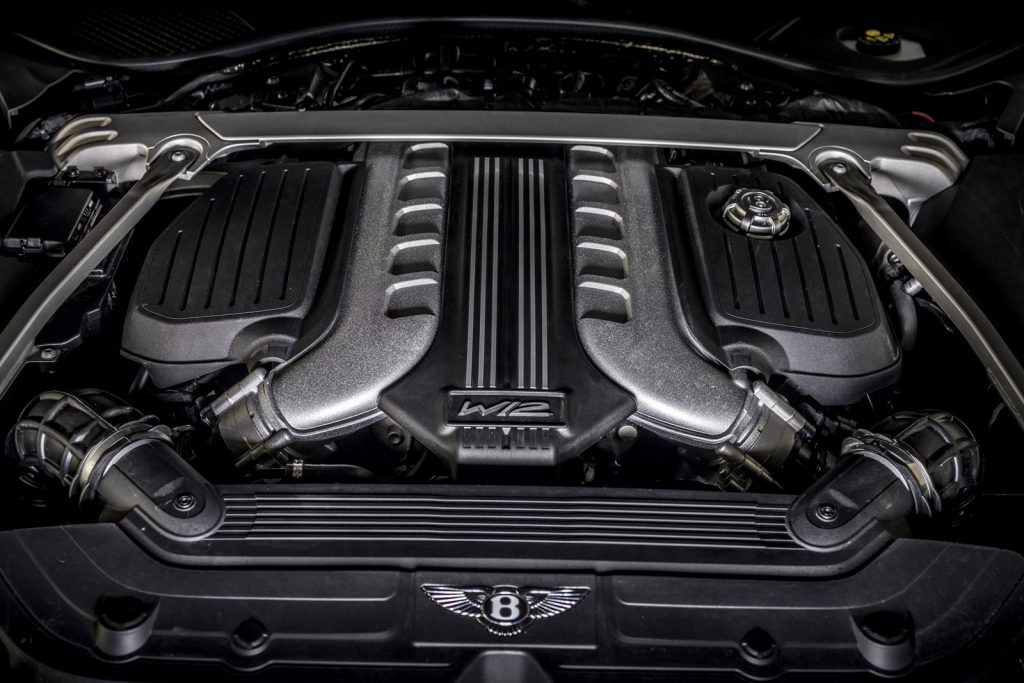
“Our progressive journey towards sustainable luxury mobility means making changes to every area of Bentley Motors. When we first launched the W12 back in 2003, we knew we had a mighty engine that would propel both our cars and the brand forwards at speed,” said Bentley’s Chairman and Chief Executive, Adrian Hallmark. “20 years and more than 100,000 W12s later, the time has come to retire this now-iconic powertrain as we take strides towards electrification – but not without giving it the best send-off possible, with the most powerful version of the engine ever created.”
Development of the most powerful version of the engine has already been completed and all 18 units to be produced will be for the Batur by Mulliner. The mightiest W12 will produce 750 ps/1,000 Nm, with peak generated from 1,750 rpm to 5,000 rpm – with peak power at 5,500 rpm.
While all Baturs are sold, a limited number of the 659 ps version of the W12 engine offered in the Speed versions of Continental GT, Bentayga and Flying Spur as well as the Continental GT Mulliner and Flying Spur Mulliner can still be ordered. Demand for these final W12-powered Speed and Mulliner models is expected to be high.
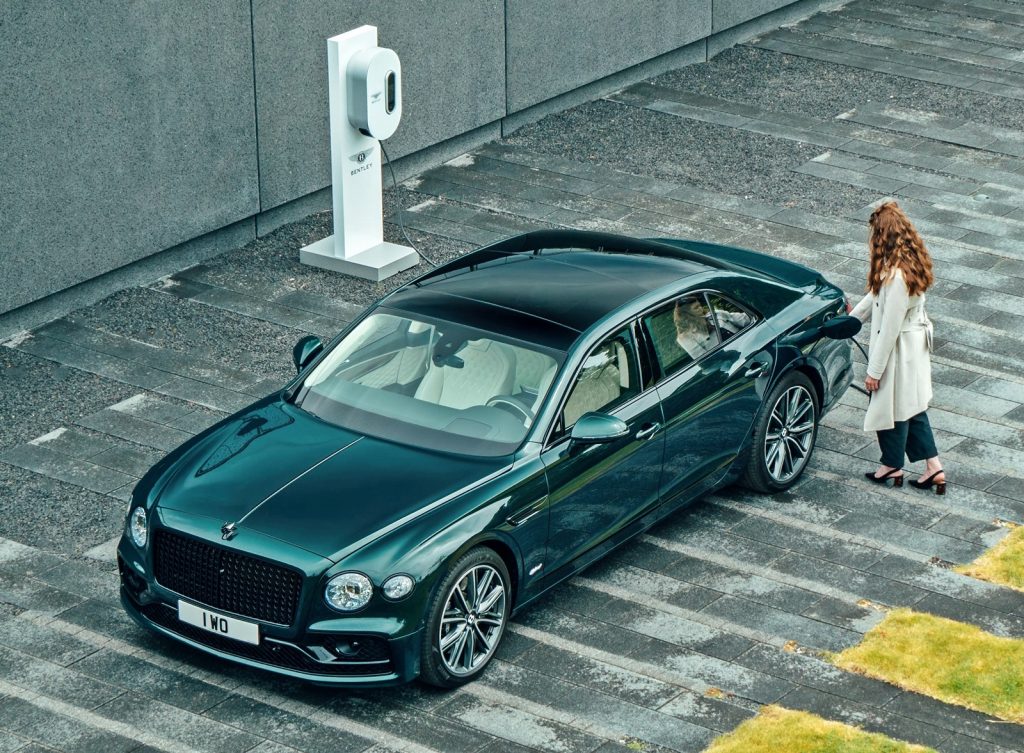
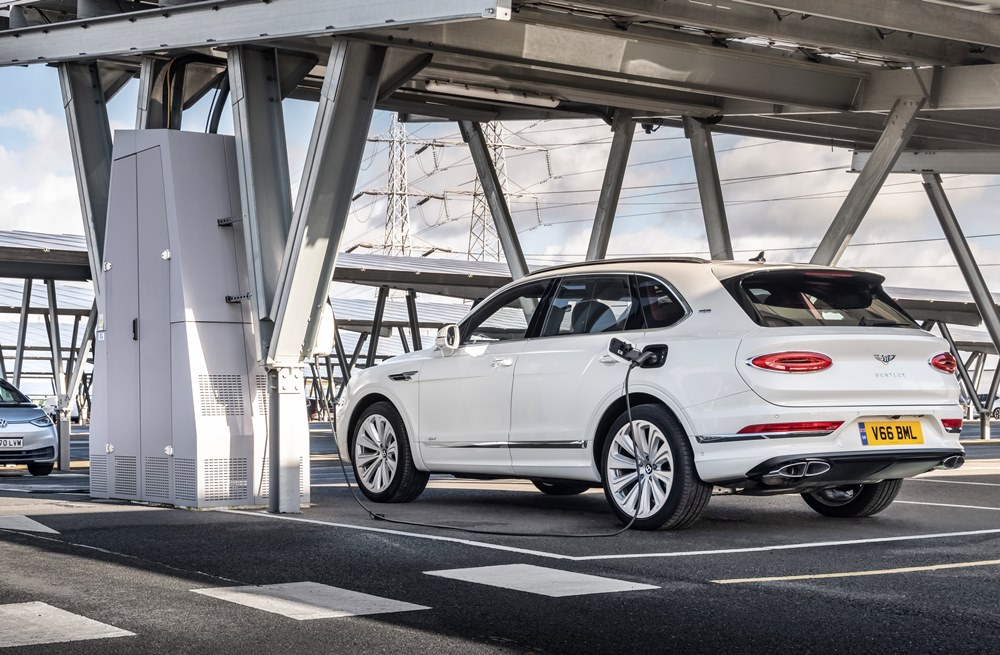
Since the first introduction of the 6.0-litre, twin-turbocharged W12 in 2003, the engineering team in Crewe has continually improved the performance of the engine in terms of power, torque, emissions and refinement. Over the last 20 years, power has increased by 37% and torque by 54%, while emissions have been reduced by 25%.
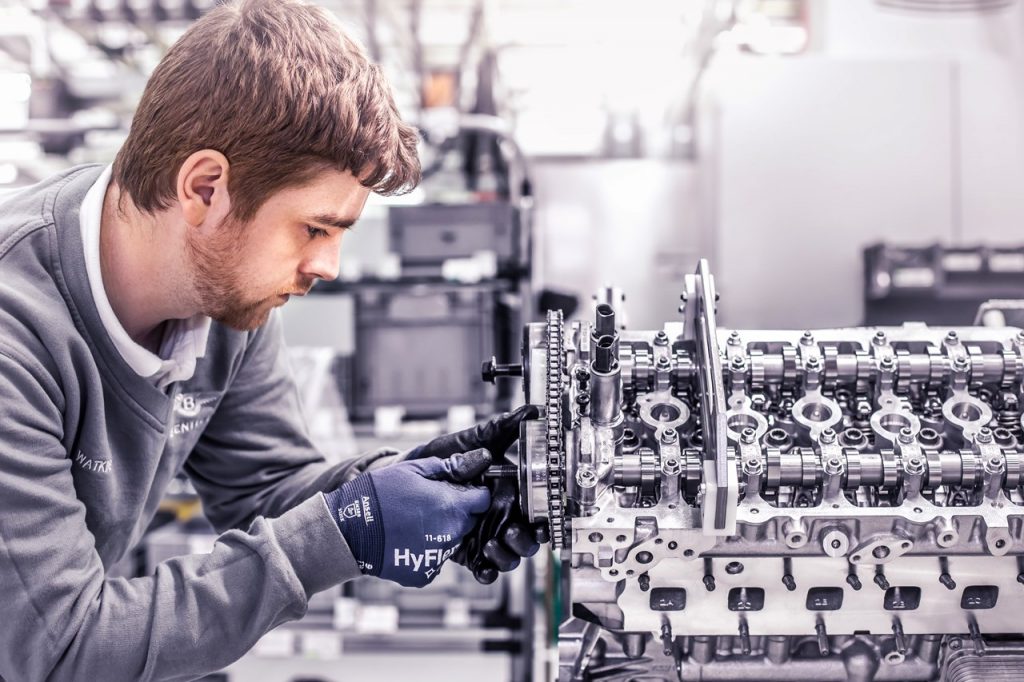
Initially, this was through evolution and optimisation of the control systems, improvements in the oil and cooling designs, turbocharging technology and more effective injection and combustion processes. For the launch of the Bentayga in 2015, the W12 was completely redesigned from the sump up, and it’s that version of the engine that remains in production today with features such as cylinder deactivation, direct and port injection, and twin-scroll turbos.

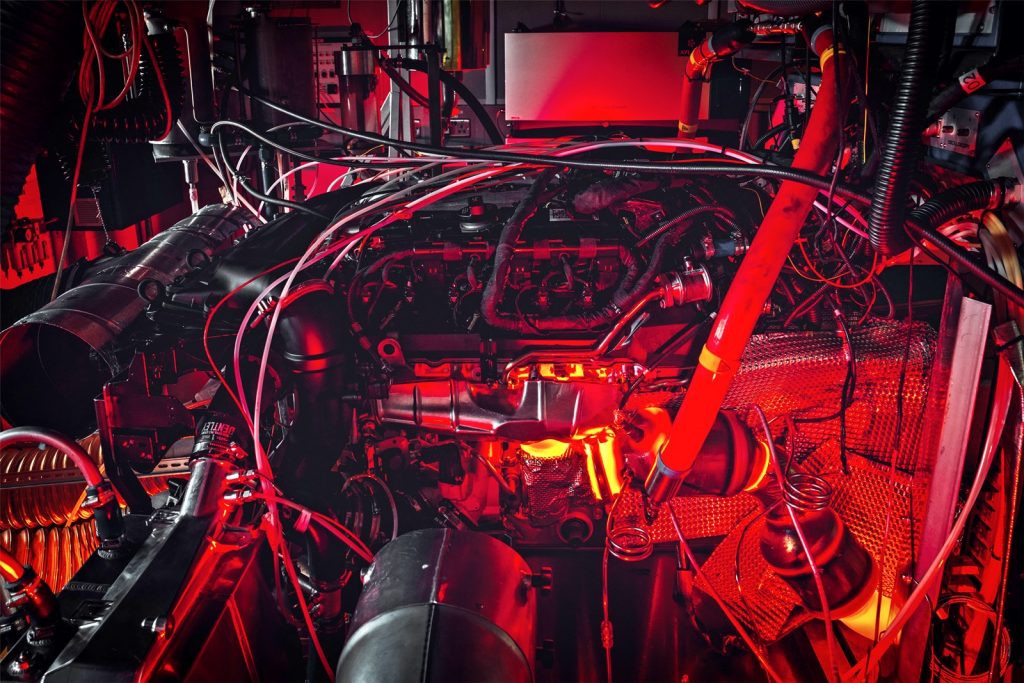
For the final and ultimate version of the W12, the intake, exhaust and cooling systems have been reworked to liberate more power and torque than ever before. The turbocharger compressors are of a new design to improve efficiency, while the ducts that feed air to them are 33% larger. Larger charge-air coolers, with a depth increased by 10 mm and a new core geometry, reject 35% more heat from the pressurised intake air, reducing intake temperature to a greater extent meaning a denser charge for more power.
The new intake and turbocharging system is matched with a heavily revised engine calibration to liberate the extra torque available, and the complete engine system is then paired with a new transmission calibration to deploy the additional power and torque and enhance the driving experience.


